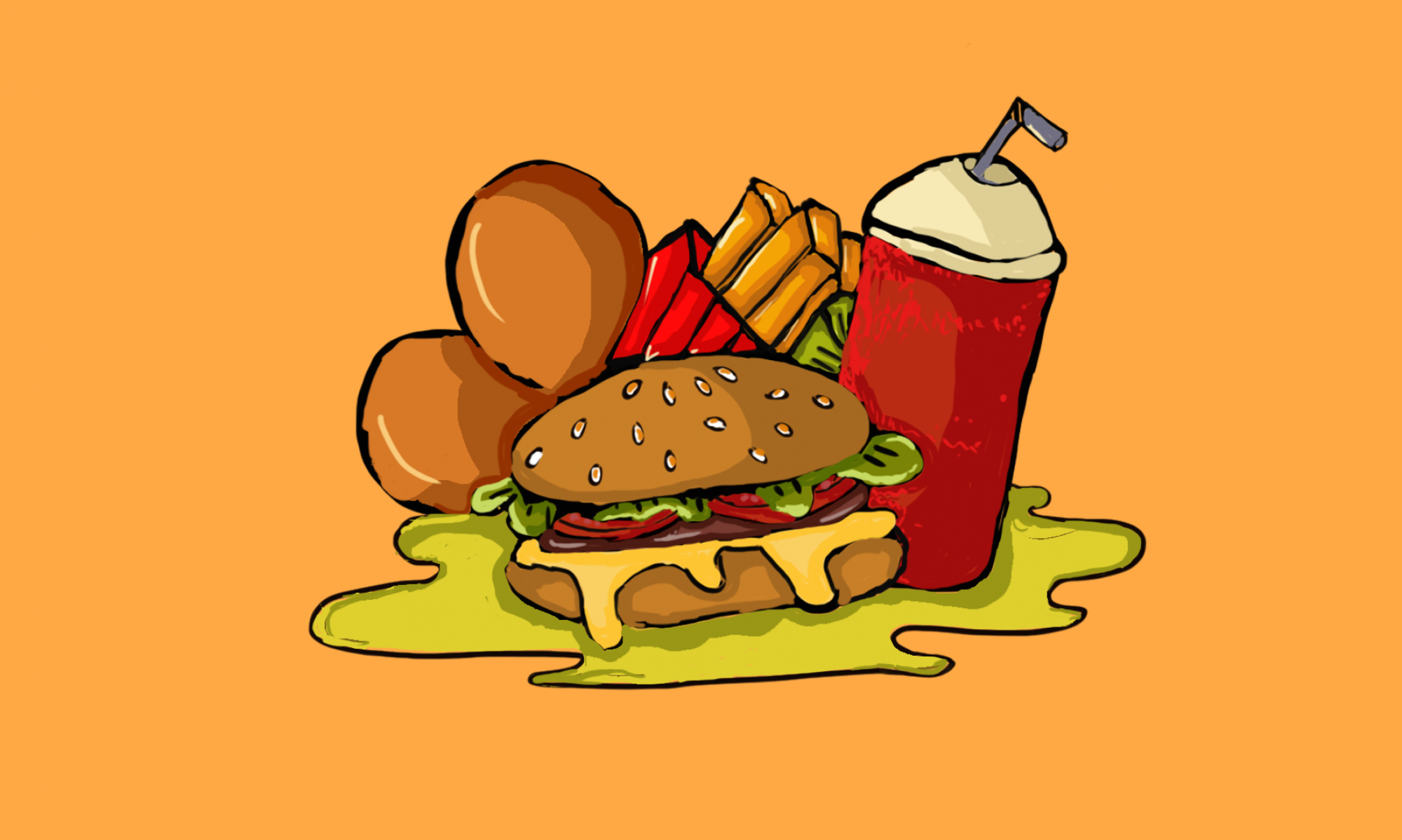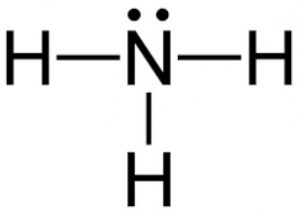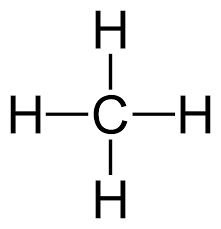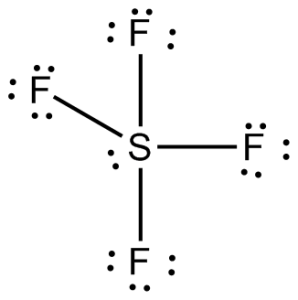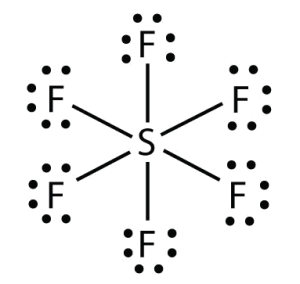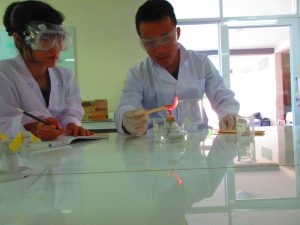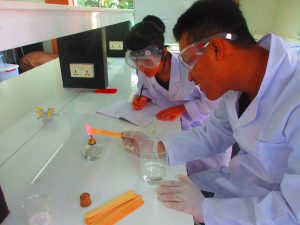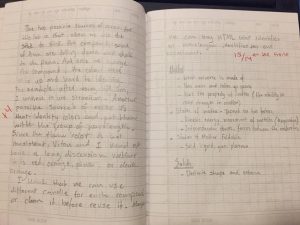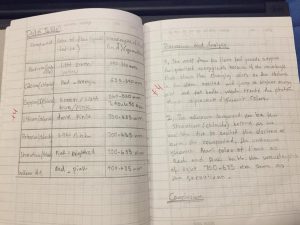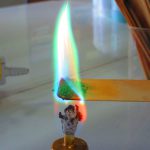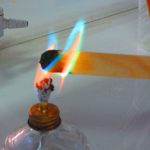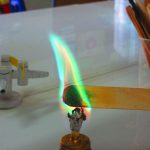I was very busy with my internship in the morning and missed a lot of classes especially the lab. However, I got to understand and caught up with some of the Acid/Base and pH/POH explanation. Here is one of the lab that I did. It is an experiment where we are trying to discover which solution is the acid and which one is the base.
Acid/Base Scientific Explanation Lab
Objective: The goal of this activity is to collect enough data to make a claim as to which of the 3 unknown solutions are acids. You must perform at least 3 tests to ensure proper data to make a solid claim. Once you have collected your data you will write a scientific explanation as to which solutions are acids. In a section labeled objective, write down the goal of this lab.
Materials:
- solutions A, B, C in dropper bottles
- well plates to place solutions
- Red litmus paper
- phenolphthalein
- bromothymol blue indicator (turns yellow for acids, green for neutral, blue for bases)
Procedure:
- Solution A# must have 10 ml in a block
- Repeat 1# two more times
- Add one drop of Phenolphthalein to the first block and stir
- Take Lip must paper and dip in the second block
- Add one drop of Bromothymol and stir
- Wait and see the reaction
- Repeat #1 to #6 procedure again on #B and #C solutions
